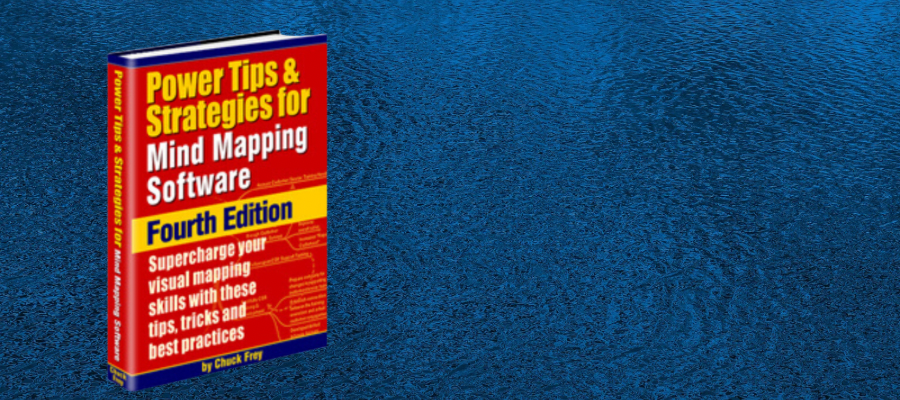
Mind mapping software is a powerful tool for today’s knowledge worker, a versatile platform for business planning and development. Because of its inherent flexibility – the way in which it “encapsulates” information and ideas so they can be easily manipulated, annotated and rearranged – nothing can equal a well-crafted visual map when it comes to communicating ideas and building consensus around them.
But like most types of productivity software, mind mapping software is a double-edged sword. It can just as easily be used to obscure ideas and confuse others. What’s worse, a poorly-designed visual map can take an open-minded, left-brained person and completely turn them off to the idea of representing information and ideas visually.
To help ensure that your mind maps don’t fall into this latter category, here are ten mistakes you should avoid when using mind mapping software to produce visual maps for your work:
1. Don’t include too much detail in your mind maps. It’s too easy to create topics with unnecessary amounts of detail, which tends to create visual “clutter” and may be confusing to others, if you share your maps with them.
2. Don’t be arbitrary in your use of color, shapes, line styles and other visual elements of your map. Each of these can help to convey additional meaning or context, if used consistently and systematically. Used arbitrarily, they can cause confusion.
3. Avoid using too much text in your topics. Use specific keywords to draw your audience into the flow of your map. Keep your topic names short – 1 to 3 words maximum. If you want to add more detail, use your program’s “notes” feature to store that information. This will keep it out of sight, reducing visual clutter, while still keeping it just one mouse click away.
4. Don’t ignore your program’s icons or symbols. They can be used to help visually classify your map’s contents, and are extremely useful when you want to filter the contents of a large map.
5. Avoid over-use of visual mapping. Like anything, it’s possible to take your mind mapping software to its logical extreme, even using it to create your shopping list.
6. Don’t create one huge map with everything in it, because it will quickly become unmanageable. Instead, leverage your program’s ability to create sub-maps – multiple linked maps, each of which are easier to understand and manipulate.
7. Don’t just create text-based mind maps. To get the biggest benefit out of visual mapping, be sure to include images in your maps, which will help them to appeal to both sides of your brain.
8. Avoid “map shock.” An audience can be overwhelmed when viewing a complex visual map, and can experience “map shock.” Consider presenting information in both mapped and linear formats to avoid overwhelming your audience.
9. Avoid the conventional wisdom that mapping is simply about inspiration and creativity. It’s actually so much more. It’s a powerful tool for managing information overload, developing and implementing projects, making better decisions and has many other business benefits!
10. Avoid reinventing the wheel. Look online and in books for best practices and strategies.
Compiled from the fourth edition of my ebook, Power Tips & Strategies for Mind Mapping Software.

Leave a Reply